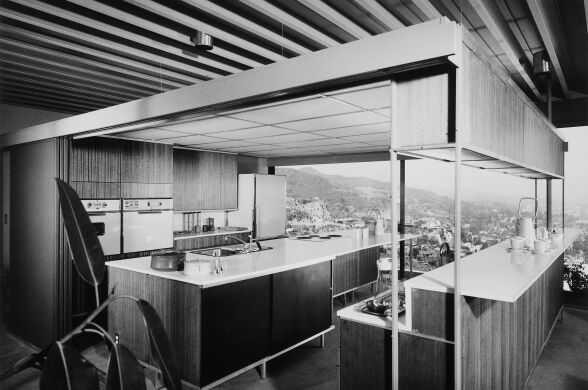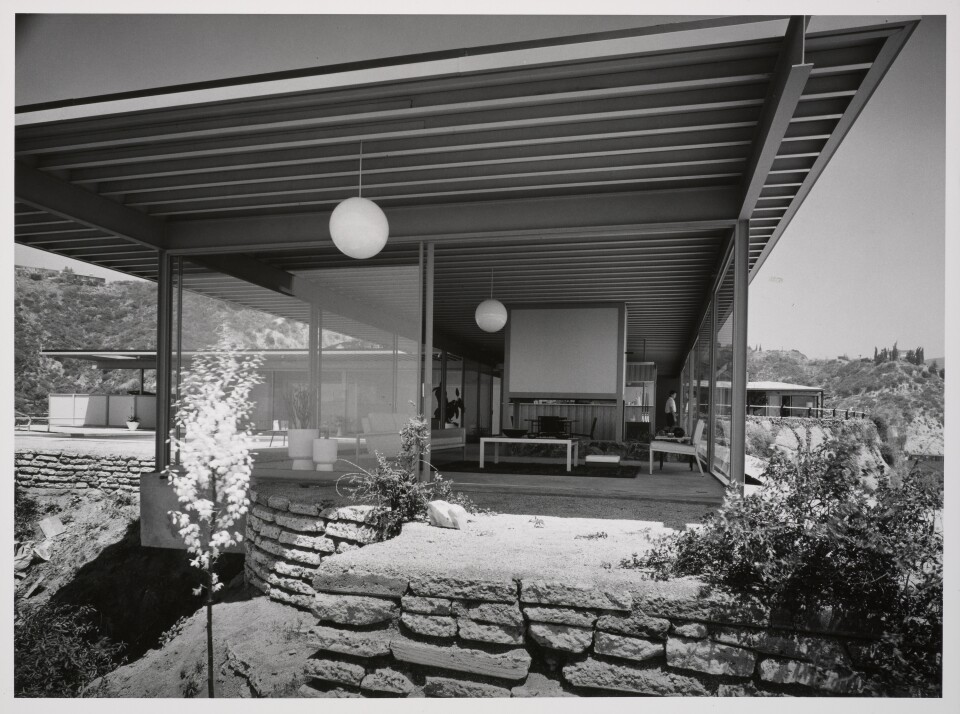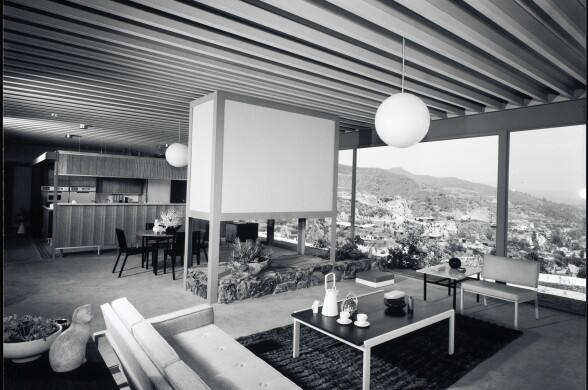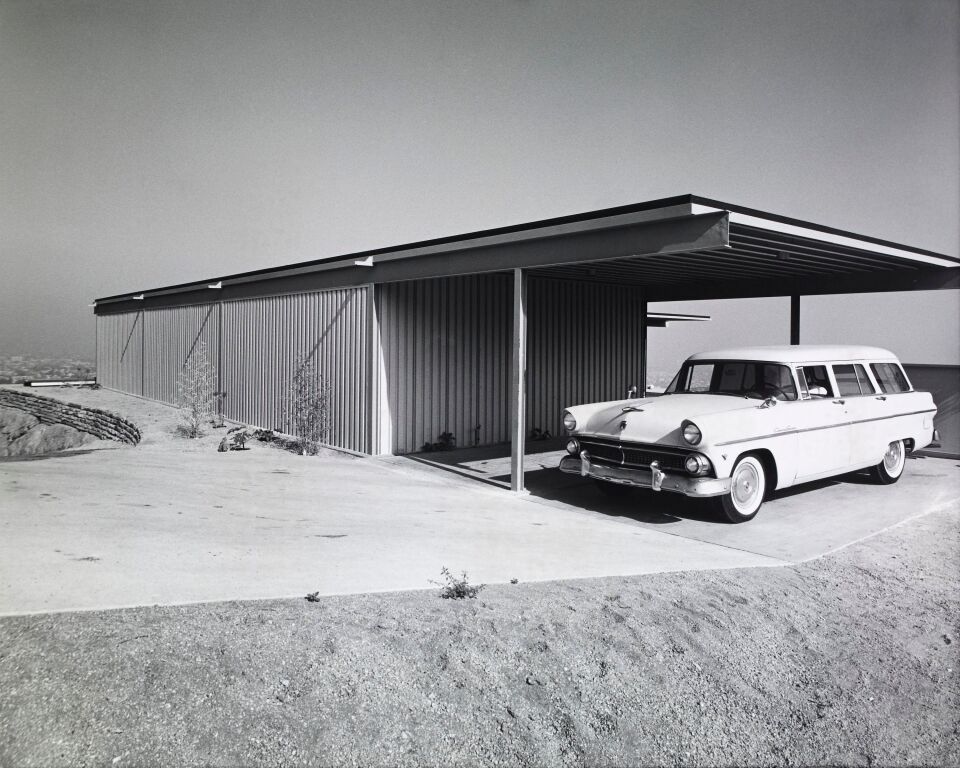California’s battleground House districts might get the lion’s share of national attention for their role in deciding which party rules Congress’s lower chamber.
But in a handful of California’s deep blue districts, an intra-party battle over the future of the Democratic Party is brewing in the wake of grim losses during last year’s presidential race.
In Sacramento, Napa County and Los Angeles, three younger challengers are arguing that Democrats need to give voters fresh faces with bold new ideas to energize the party’s base, rather than aging incumbents who are entrenched more in Washington insider culture than in their districts.
“Status quo politics isn’t going to protect our communities,” said Sacramento City Councilmember Mai Vang, 40, who is running against 10-term Rep. Doris Matsui, 81. “We need leaders who can meet the moment. And that’s why I decided to step into the ring.”
Vang is the first formidable primary challenge that Matsui has faced in the two decades since the congresswoman won her late husband’s seat in 2005. Former Rep. Bob Matsui held that seat for 26 years prior.
Two other senior California congressional Democrats have also attracted primary challengers. Rep. Mike Thompson, 74, of Napa County, a Vietnam veteran vying for his 15th term, faces a challenge from Eric Jones, 34, a former San Francisco venture capitalist.
And farther south, former Obama and Biden White House climate aide Jake Levine, 41, is challenging Rep. Brad Sherman, 71, of Los Angeles, who is seeking his 16th term. All three challengers have vowed not to take corporate PAC money as their incumbent opponents do.
Around California and across the country, younger challengers argue that Democratic incumbents in safe districts take their seats for granted since they so rarely receive serious challenges. That false sense of security, Vang said, results in out-of-touch members who have fewer incentives to show up in their districts and talk to voters.
Part of meeting the current moment, Vang argues, means taking “bold and courageous” positions on important issues, such as speaking out forcefully against the Trump administration’s immigration enforcement tactics.
Vang said she wants Matsui to more strongly condemn immigration raids that have torn Sacramento families apart and violated residents’ due process rights. She was disappointed that Matsui’s denunciations centered around the unsanitary conditions of the John E. Moss federal building, where advocates said detainees were being held without access to proper hygiene, rather than on the separation of families and indiscriminate detentions.
“For the past several months we’ve had neighbors, people in our community that have been kidnapped by ICE, taken by ICE, and Doris hasn’t spoken up against that at all,” Vang said. “And especially as someone who was born in the internment camps, I would think she would be on the front lines to speak out on the issues.”
Matsui was born in the Poston War Relocation Center internment camp in Arizona, where her parents were incarcerated during World War II.
“That’s nonsense,” said Roger Salazar, a campaign spokesperson for Matsui, noting local news coverage of Matsui’s statement against an immigration raid on a South Sacramento Home Depot and her attempt to access an ICE detention facility. “She needs to watch the news.”
Matsui in October hosted a rare in-person forum only after constituents spent months calling on her to meet with them. Angry Sacramentans also hosted an empty-chair town hall in March to highlight Matsui’s absence, not even two weeks after House Democrats did a nationwide blitz of showing up in Republican districts to prove a similar point.
Some senior leaders are sticking around
Calls for generational change within the Democratic Party, while not new, have increased significantly as the party works to find its footing after 2024. The dynamic played out first in internal House leadership races earlier this year, where younger members like Rep. Robert Garcia of Long Beach leapfrogged more senior colleagues to lead powerful committees.
Rep. Thompson, Matsui’s congressional counterpart in neighboring Napa County, said his constituents have stopped him in public and asked him to run again.
“I can’t tell you how many times I had people tell me, ‘I sure hope you’re gonna stick around. We need you more now than ever,’” Thompson told CalMatters. “No one’s asked me to retire. No one has suggested that I’ve been there too long. And everyone knows that not only am I capable, but I’m in good shape.”
In Sacramento, Vang, the eldest of 16 children whose Hmong parents came to the United States as refugees, said she has the utmost respect for the Matsuis and their long history of service.
Still, she has called on Matsui to follow the examples of House Speaker Emerita Nancy Pelosi — who announced last month that she would retire next year and not seek reelection to a 21st term in Congress — and Rep. Nydia Velazquez of New York, who told The New York Times that “now is the right moment to step aside and allow a new generation of leaders to step forward.”
But Matsui remains steadfast that she has much more work to do in Congress, such as overseeing groundbreaking for Sacramento’s new I Street bridge and securing federal funds for flood prevention and wildfire recovery, and said she will stay in the race. She emphasized that the deep relationships she’s built over 20 years in Washington are critical to her ability to deliver on those projects.
“It’s important to not only have advocates, but have people who understand that once you’re in Congress, you have to learn how to govern, too,” Matsui said. “We cannot just throw everything out and start over again.”
As for Vang’s intra-party primary challenge, Matsui said anyone is “perfectly free” to run against her at any time. “I’m fine with that. This is our democracy. This is America.”
But she insisted that her record would reinforce to voters how hard she works.
“I show up every single day working for Sacramento,” Matsui said, “whether it’s in Sacramento or in D.C.”
The risk of Dem-on-Dem challenges
One risk of primarying veteran members of Congress is the loss of institutional wisdom, said Gale Kaufman, a Sacramento-based Democratic strategist, particularly with the Trump administration testing the limits of the law and boundaries of power.
“Especially when you’re up against stuff like this, which we’re not familiar with, breaking every norm you could possibly imagine,” Kaufman said, “having some of those people around is not a bad thing.”
Even among younger Democrats, there’s not wide consensus that incumbents are out and young challengers are automatically in. Evan Cragin, president of the Sacramento County Young Democrats, echoed Kaufman’s point that a blanket policy of “vote out all incumbents over a certain age” could be counterproductive.
While the Young Democrats have yet to endorse anyone in the congressional races, Cragin said he is personally conflicted about who to support.
“I don’t know who I’m going to vote for,” Cragin said. “It’s nice to have a strong member at the moment, but also, there is part of me that wants to make sure we support our younger members. And Councilmember Mai Vang is a very strong challenger. She’s very community oriented.”
Those who support intra-Democratic challenges argue that they drive important dialogue and force candidates to clearly articulate their ideas and earn voters’ trust, rather than taking their support as a given. Incumbent Democrats across the country could benefit from primary challenges as the party soul searches, said Alex Niles, vice president of political affairs for the Sacramento County Young Democrats.
“We need to have a reckoning and figure out, ‘What does it mean to be a Democrat? What do we stand for? What do people want and who are we serving?’” Niles said.
Unsurprisingly, many incumbents and political strategists disagree, denouncing intra-party primaries as expensive distractions that deplete safe members’ fundraising that could otherwise support colleagues in more vulnerable districts.
“The circular firing squad in blue districts hurts our ability to win swing districts,” Rep. Sherman told CalMatters in an interview.
Candidates in safe districts often support their more vulnerable colleagues to gain clout within the party, whether through direct transfers of campaign cash or by urging their donors to channel their contributions to more contested races. Sherman argues that a competitive intra-Democratic primary forces a safe incumbent to invest more in their own reelection rather than helping flip battleground seats. He repeatedly mentioned tight races in Iowa and Ohio that he views as critical to Democrats reclaiming the House.
“What happens in swing seats may determine whether America’s a democracy,” Sherman said. “Democrats have got to win seats in Iowa, and we can’t do it unless the strong Democrats in Bel Air and Brentwood and Malibu are focused on Iowa.
“It’s hard to get people in Brentwood to focus on Iowa if there’s a real race in Brentwood.”
He added that while it matters which Democrat represents California’s 32nd Congressional District, the Los Angeles-area seat that he’s represented for almost 30 years, it’s “not life or death for our democracy.”
Sherman’s challenger Levine, who outraised the congressmember last quarter and appears to be the frontrunner in a crowded field, agrees that Democrats need to flip GOP-held seats to reclaim control of the House. But at the same time, if their party wants to retain the majority and win back disaffected voters, Democrats need to prove they’re focused on lowering the cost of living and improving their quality of life, in addition to preserving democracy.
After leaving Los Angeles to pursue a climate policy career in Washington, D.C., Levine moved back home earlier this year to help his mother after she lost her house — his childhood home — in the devastating Palisades Fire. He was frustrated by the disjointed local and state response to recovery, and he had hoped Sherman would step up and coordinate the response.
“The things that people want to hear about, and the things that I’m trying to talk about, are the issues in the district,” he said. “Those issues really are not about the composition of the House. They’re not about Washington inside-the-beltway questions of power.”
Instead, Levine wants to see his member of Congress answer the kinds of questions that families like his own think about every day — “Can I afford my rent? Can my kids stay in the same neighborhood where they grew up, and even in the same state, because it’s so prohibitively expensive?”




























